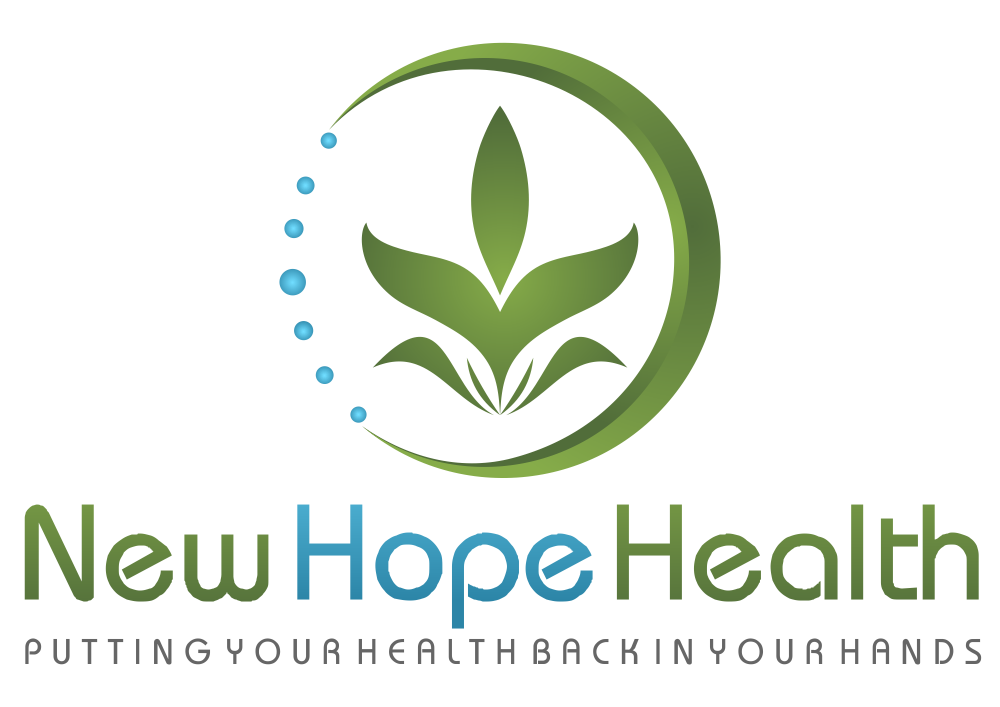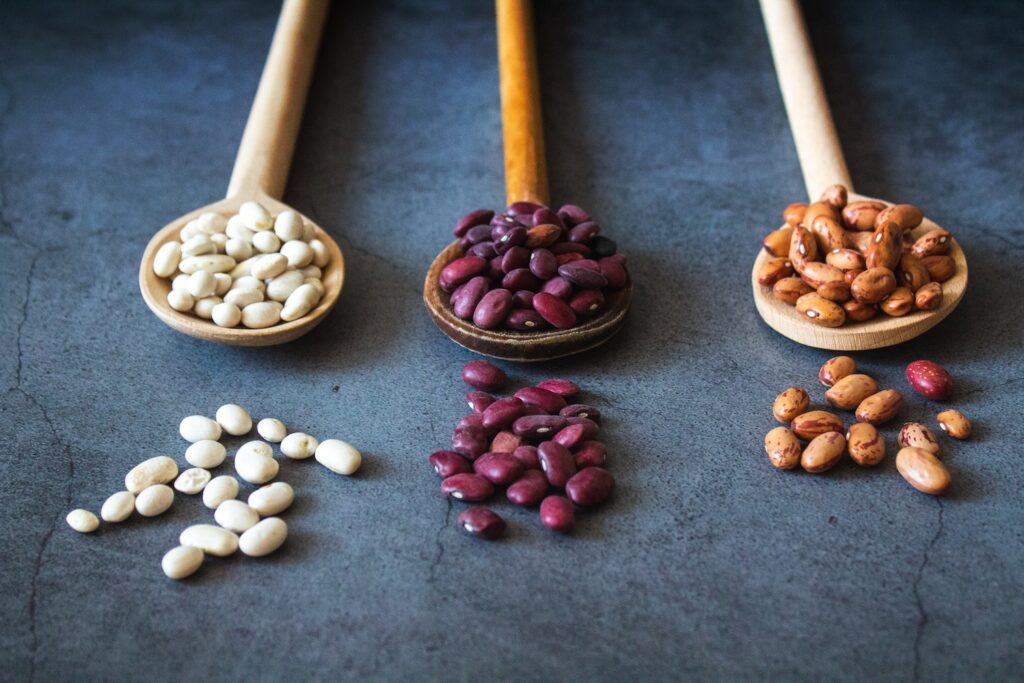
Beans are awesome. If you don’t know what to make tonight for dinner, involve beans somehow…and make a double batch so you can have it for lunch tomorrow too!
Beans are inexpensive, tasty, filling, loaded with nutrition and are a great source of protein. They also are a great source of sulfur which is a calming mineral so great for helping reduce stress in the body. Regular consumption of beans has been associated with a lower risk of obesity1 and well as improved overall nutrient intake and blood pressure.2
Most beans don’t have a strong flavor so they can easily be added to anything you like and will take on the flavors of that dish.
If you love beans like I do, they’re not hard to incorporate as you can pretty much eat them plain…but even if you’re not a big bean lover, you can still sneak them into all kinds of things where they’re not so obvious.
15 ways to eat more beans:
- Hummus
- Bean dip
- Add to chilis and stews
- Add to soups (bean soups, vegetable soups, cream soups, etc)
- Add to salads
- Bean salads -So many great combinations but to get you started, add a few cups of beans to a bowl with a chopped red pepper, a couple of cloves of crushed fresh garlic, a chopped avocado, ½ cup of sour kraut, a few stalks of chopped celery and Pink Salt to taste. Of course, adjust to your taste buds with any spices you love.
- Great in tacos (you can make a great vegan “taco meat” by adding taco seasonings to rice and beans- a delicious filling
- Add to wraps in the form of mashed beans or bean spreads like hummus
- Make burgers- black beans and quinoa make a great base
- Great in rice or quinoa dishes
- Buddha bowls (usually mixed with several grains and vegetables)
- Blend up and use as a base for a thick creamy soup
- Eat plain with a dash of salt, Nutritional flakes and cayenne or hot sauce
- Mash or blend chickpeas into mashed potatoes
- Fermented (chickpea miso)- great to add flavor to soups, sauces or vegan cheeses
A few bean tips:
When cooking dry beans, it’s ideal to soak them overnight, drain and rinse, then slow cook until tender. This almost always eliminates the gas that some people get when eating beans. If that doesn’t work, soak them longer- 8-10 hours, drain, add fresh water, soak for another 8-10 hours before cooking. If you still have gas, you may need some digestive support, so reach out for help to figure out what’s going on.
Canned beans are okay for when you’re in a pinch. Just be sure to check the ingredients to make sure there are no mysteries.
Be aware when you eat beans at a restaurant. It’s good to ask how they’re prepared. Beans at authentic Mexican restaurants often have lard added, which of course I’d recommend avoiding.
There are some good store-bought hummus options, but if you like to play chef, hummus is supper easy to make, less expensive and you’ll be able to put in it whatever flavors you like best. I like spicy food, so I always add lots of garlic and jalapeños.
Also, another benefit to making your own bean dishes, be it hummus, soup or chickpea mashed potatoes, you’re able to dictate the quality of your ingredients. This way you can use organic ingredients and good quality Pink Salt, rather than the toxic white table salt.
Hummus and other bean dips are not only a good dip for veggies, but also a great condiment to use on bean burgers, tacos, wraps and pitas.
There you have it. Your bean class in a nutshell.
If you have a health challenge that you can’t seem to get to the bottom of or if you feel like you’ve tried everything, it may be time to consider getting some help. Feel free to call the clinic today to see if we might be a good fit to help you get unstuck! 269-204-6525
References:
1. Papanikolaou Y, Fulgoni SA, Fulgoni VL, Kelly RM, Rose SF. Bean consumption by adults is associated with a more nutrient dense diet and a reduced risk of obesity. FASEB J. 2006. doi:10.1096/fasebj.20.4.a575-d
2. Papanikolaou Y, Fulgoni VL. Bean Consumption Is Associated with Greater Nutrient Intake, Reduced Systolic Blood Pressure, Lower Body Weight, and a Smaller Waist Circumference in Adults: Results from the National Health and Nutrition Examination Survey 1999-2002. J Am Coll Nutr. 2008. doi:10.1080/07315724.2008.10719740
Nothing said or implied in this post is intended to treat, cure, diagnose or prevent any disease. It does not take the place of a qualified health care practitioner and is intended for educational purposes only.

Dr. LeAnn Fritz, PhD
Dr. LeAnn is a practitioner, coach, speaker, consultant, and the founder of New Hope Health. She is also the author of The Quantum Weight Loss Blueprint, and Get Healthy Now. She is laser-focused on practical, evidence-based practices to empower her clients to get real results that last. She sets the bar when it comes to radiant health that will change every area of your life forevermore.
Recent Posts
Parasites- Living Inside Your Body, Without Paying Rent!
Parasites…I know…the thought of them living inside your body feels like something from a horror
Holistic Detox: A Naturopathic Doctor’s Guide to Cleansing Your Body for Optimal Health
Detox is a powerful way to reset your body and enhance your health. As a
Watermelon Slurpy…Upgraded!
It’s summer and it’s HOT! You’re looking for a refreshing cold drink that will give
Curious about achieving your highest level of health?
Schedule your consultation with Dr. LeAnn today, and get your health back in your hands.


